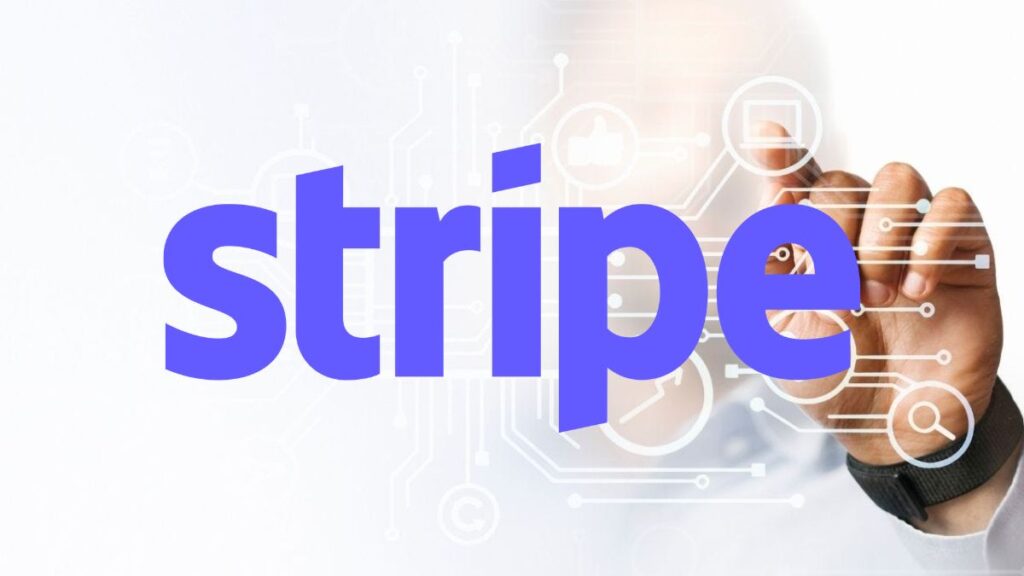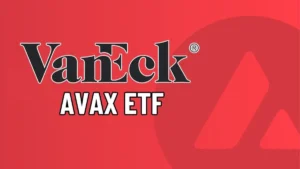TL;DR
- Key development: Stripe is incubating Tempo as a payments-focused, EVM-compatible layer 1 in stealth with a five-person team, built alongside Paradigm, and is undecided on launching a native token.
- Strategic context: The push follows Stripe’s crypto retooling, including the $1.1 billion Bridge deal, the Privy acquisition, and bank partnerships, amid a policy tailwind and surging stablecoin market demand.
- Implications: Tempo could pressure Ethereum in payments by pairing merchant reach with lower fees and higher throughput, as rivals like Plasma and Stable vie for stablecoin settlement; watch tech and compliance milestones.
Stripe is discreetly developing a payments-focused blockchain named Tempo in collaboration with the crypto venture firm Paradigm, as indicated by a recently deleted job listing. This suggests a significant move into on-chain transactions that may compete with established companies. The stealth effort reportedly runs Ethereum-compatible code, is staffed by a small five-person team, and has not committed to a native token, a design that hints at prioritizing utility over speculation.
What is Tempo
Tempo is described as a high-performance, payments-focused layer 1 that will run code compatible with the Ethereum Virtual Machine, which means developers can port existing smart contracts and tooling with minimal friction. Keeping the team lean while in stealth suggests Stripe is validating core throughput, settlement reliability, and compliance hooks before scaling headcount or unveiling token mechanics.
Why Stripe is moving now

Stripe has been steadily rearming for crypto after resuming stablecoin support, acquiring Bridge for $1.1 billion to anchor settlement rails, buying crypto wallet startup Privy to deepen Web3 onboarding, and exploring bank partnerships around stablecoins. The $270 billion stablecoin market is gaining momentum, thanks to a new U.S. framework established by the GENIUS Act, which opens up a more favorable policy environment for on-chain payments infrastructure.
Signals of an enterprise strategy
A product marketing role flagged Fortune 500 experience, a tell that Stripe wants Tempo positioned for mainstream merchants, predictable fees, and global reach rather than retail hype. Partnering with Paradigm brings protocol design and crypto-native distribution, while the uncertainty around a native token keeps regulatory options open and aligns incentives with payment utility first.
What it means for Ethereum
Tempo’s EVM compatibility lowers switching costs for developers, yet Stripe’s control of merchant relationships could be the real differentiator if throughput and fees beat general-purpose chains in live commerce. With stablecoin-centric networks like Plasma and Stable emerging, the race is on to own high-volume settlement, leaving Ethereum to dominate broader DeFi while specialized payment chains optimize for receipts, refunds, and fraud tooling.
Investors will watch for testnet timelines, validator design, base fee logic, and compliance features that determine whether merchants can adopt Tempo at a global scale quickly worldwide.










